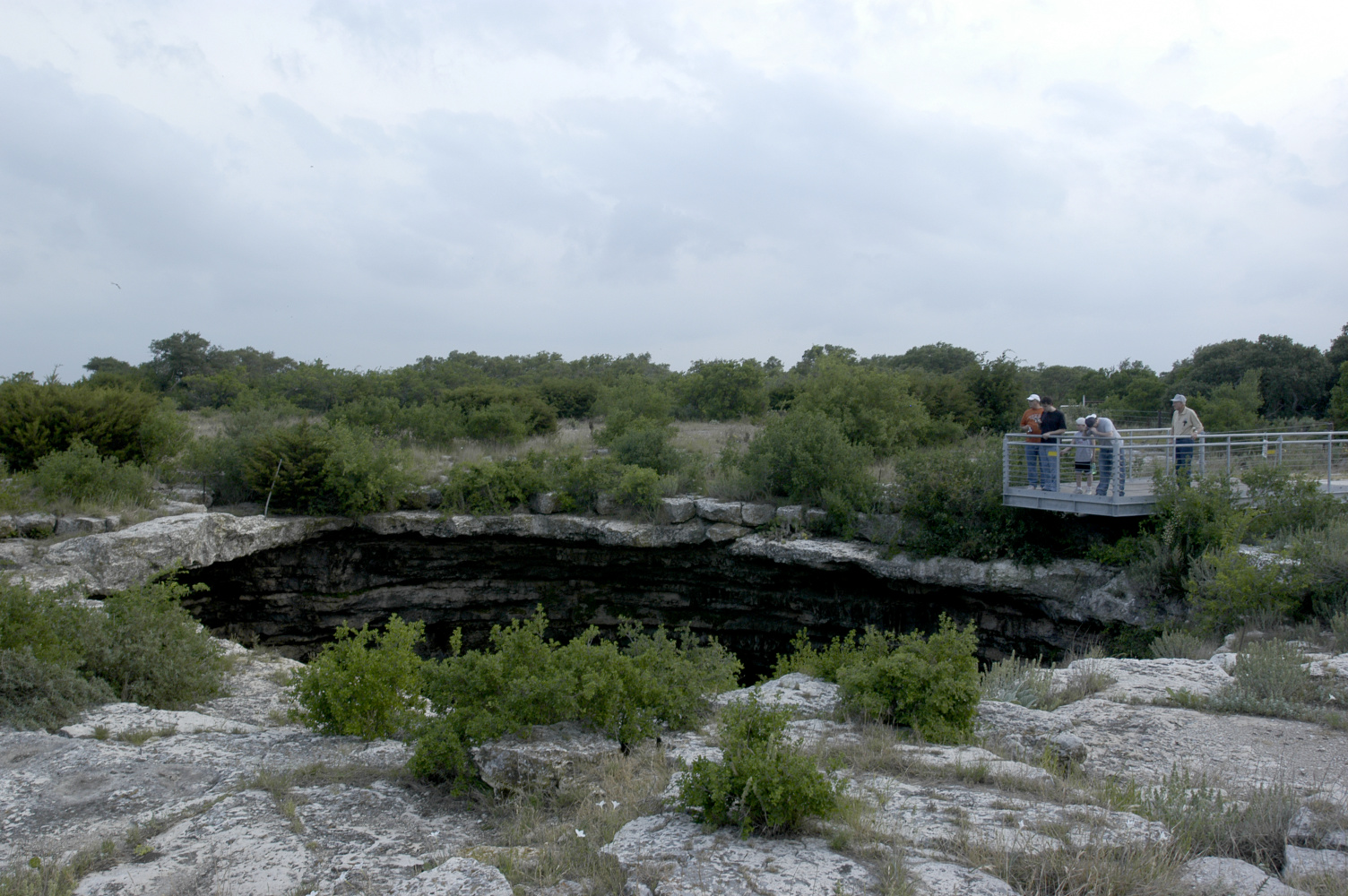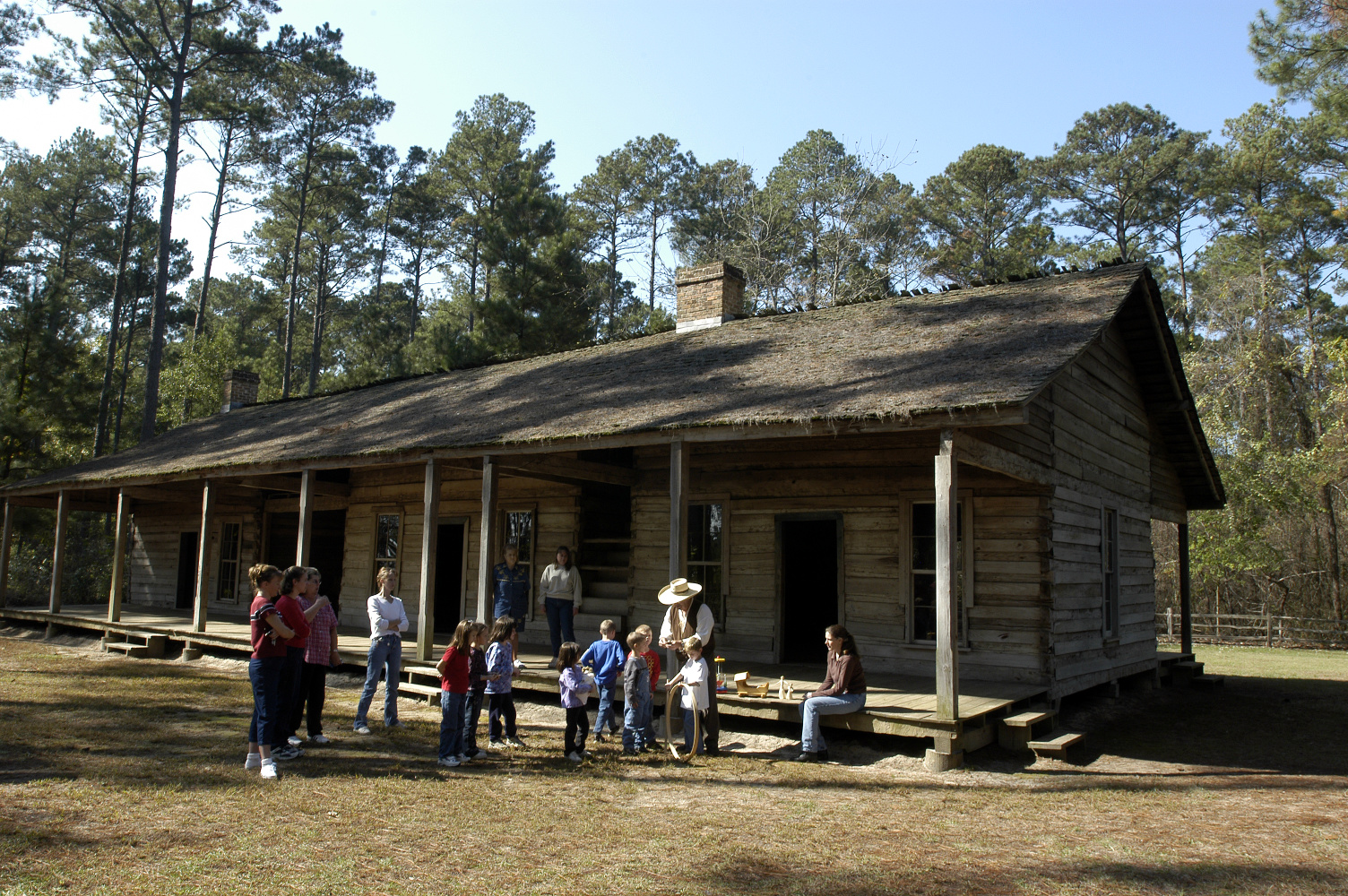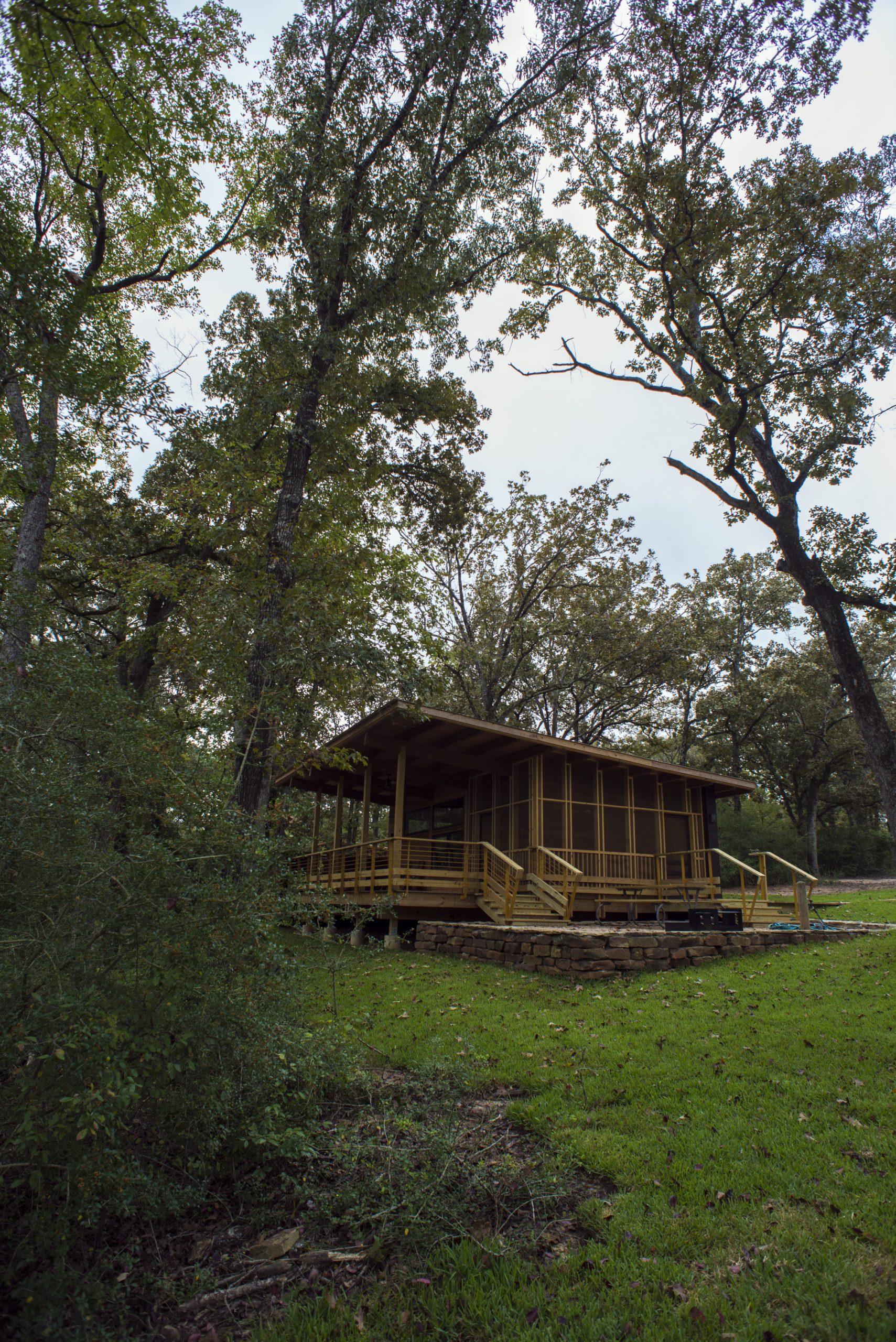
Millions of Mexican free-tailed bats arise at twilight from their summer home, Devil’s Sinkhole State Natural Area.
With COVID-19 pushing many people to seek respite in the outdoors, state parks across Texas are more popular than ever. The Texas Parks and Wildlife Department has worked to control crowds by limiting capacity and requiring advance bookings. The combination of smaller capacity and increased interest has made it difficult to book a weekend day pass or camping reservation at many parks, especially those that were already crowded before the pandemic. If you’re looking to steer clear of the most popular parks and find an outdoors escape, consider these seven state parks, which according to TPWD are some of the least-visited in the system.
Devil’s Sinkhole State Natural Area
Annual visitors: 1,505
This natural area in the Hill Country is famous for its bat population. More than 3 million of the creatures emerge at night during the peak season, May to October. Park rangers also host nature and birding walks on the 1,860-acre property, but be sure to call in advance for availability due to COVID-19. This park is currently open for day use only.
Kickapoo Cavern State Park
Annual visitors: 5,929
Located near Devil’s Sinkhole is Kickapoo Cavern State Park, characterized by scrub-covered limestone hills and plenty of wildlife. The rugged park offers camping, occasional cave tours, and birding—birders have spotted over 240 species in the park.

Mission Tejas State Park features a replica of a mission from the 1600s.
Mission Tejas State Park
Annual visitors: 15,330
Situated north of Davy Crockett National Forest in East Texas, Mission Tejas is a portal through time. The Civilian Conservation Corps created a historically accurate replica of the namesake mission, which was founded in 1690 as Mission San Francisco de los Tejas, the first mission in New Spain’s province of Texas. Parts of the hiking trail feature remnants of El Camino Real, the Spanish-built trail connecting Mexico to Louisiana. The park also features secluded hiking and fishing opportunities.

A cabin at Ft. Boggy Creek.
Fort Boggy State Park
Annual visitors: 17,123
Stay in an onsite cabin and explore this East Texas park, known for its 15-acre Lake Sullivan. Fort Boggy, located in Centerville near Boggy Creek, was a private facility that protected frontier settlers in the mid-1800s from Native American raids. Now, the park is a quiet place in between hectic and fast-paced Dallas and Houston.
Village Creek State Park
Annual visitors: 17,197
Known for its calm paddling trail, Village Creek is an ideal place to relax in a canoe. At the edge of the Big Thicket just 10 miles north of Beaumont, the state park features fishing, biking, birding, and camping opportunities along the free-flowing creek.
Hill Country State Natural Area
Annual visitors: 17,599
Located northwest of San Antonio in Bandera, the aptly named nature area comprises 5,000 acres of plateaus, canyons, and scenic nature trails—which you can traverse by foot, bike, or horse. Stay the night at a hike-in campsite, equestrian campsite, or the park’s 1930s ranch house.
Resaca de la Palma State Park
Annual visitors: 17,265
As part of the World Birding Center in the Rio Grande Valley, Resaca de la Palma is one of the best places in the state to view tropical and migratory birds. The diverse, 1,200-acre park features wetlands, woodlands, and savannah habitats, which make it a prime living area for rare and endangered species, and species of both plants and animals that don’t exist anywhere else in the U.S. This park is currently open for day use only.








